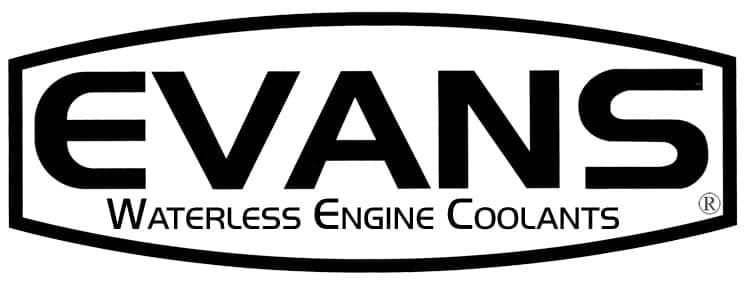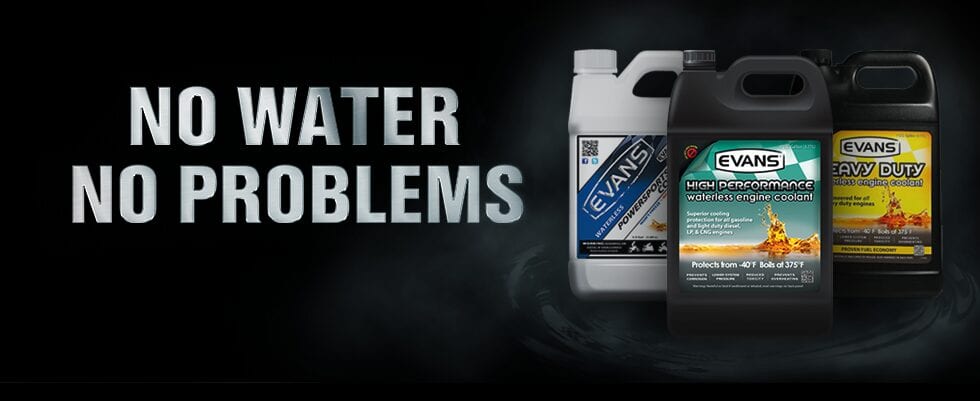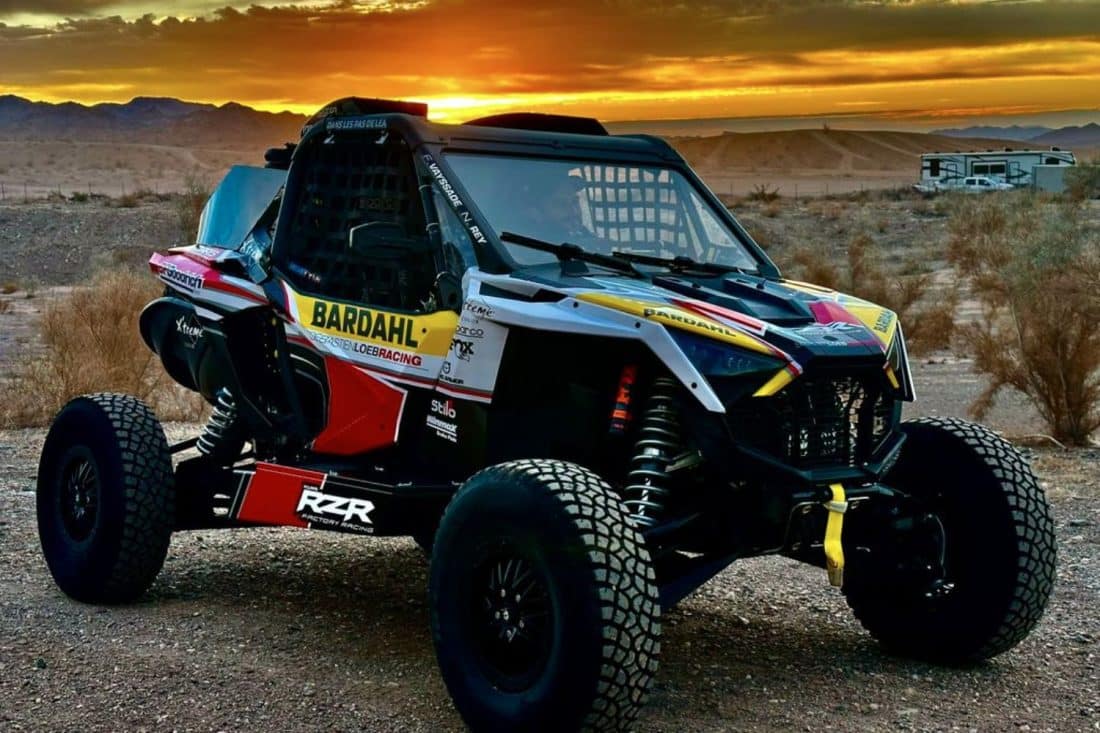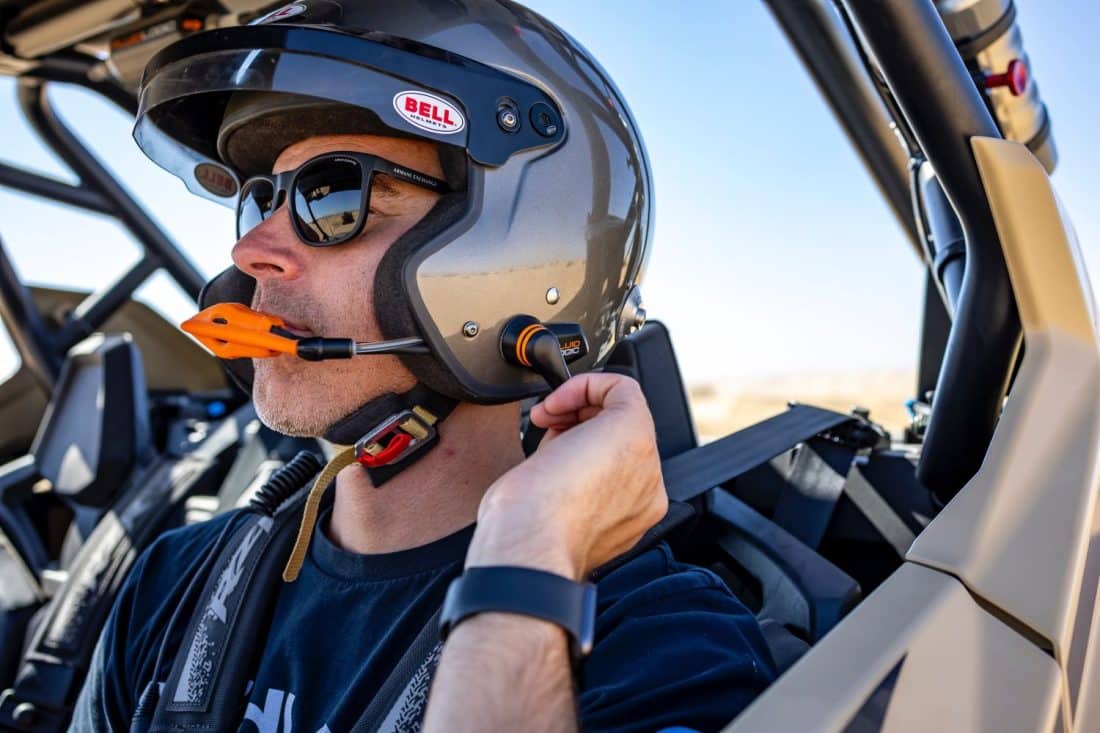Today’s recreational off road vehicles encounter overheating problems with frustrating regularity due to the nature of their design. The high output engines simply make more heat than the cooling system can handle, and radiator size is often governed by space constraints. System upgrades like high pressure caps, fans, and surfactant additives can create a slightly greater margin between the operating temperature and the coolant boiling point, but overheating is only delayed, not avoided.
For the most part, differences in available coolants are limited to the types of additives they contain, how the water is treated, and the type of glycol that the water is mixed with. Many automotive additives like silicates are destructive in a recreational off-road vehicle application because the pump seals are of a different type than those found in cars. De-ionized water quickly becomes ionized. OAT long life type additives are damaging to silicone hoses. If the coolant level is allowed to drop, cooling efficiency is lost. After time, the corrosion protecting additives are consumed or settle out and the system is no longer protected.
Most of the cooling system problems found in recreational off-road vehicles are the result of the properties of water. Water has been the default coolant since the radiator was invented because it works and is easily available, but it’s really not the best fluid for the job. Rather than going with the flow and trying to find new ways to make water work, Evans Cooling Systems, Inc. searched for alternative fluids that would be a true upgrade.
Back in the 1980’s, Evans started experimenting with coolants in their road course race cars. The first coolants were thick and only appropriate for modified systems operating under controlled circumstances. As new developments were made, the hot rod fraternity discovered the Evans’ advantage; they were followed by heavy duty truck owners looking to expand their capability and cut their maintenance costs. In the late 1990’s, the coolant formula evolved to the point it could be used with most stock passenger cars. Further changes came after the turn of the century leading up to a major shift around 2010. As the coolant blends became more specialized, attention was given to the unique demands of recreational off-road vehicles and Evans’ Powersports Coolant was released in late 2011 at the SEMA show in Las Vegas and the EICMA show in Milan, Italy. Evans rolled out a similarly re-formulated High Performance coolant in 2012.
Evans Coolant boils at 375°F/191°C and creates no vapour pressure anywhere in the cooling system because there is no water. The coolant does not boil over when conditions get tough. If the water content in the system is at the proper level of 3% or less, the pressure cap can be removed at operating temperature without hot coolant spraying out and burning bystanders. No water, no water vapour. No water vapour, no pressure. Evans is not corrosive and will not become corrosive over time. If it does not get contaminated with oil, water, or combustion by-products, it will retain its properties indefinitely. Evans is a lifetime coolant.
The high boiling point of Evans waterless coolant prevents the coolant temperature from reaching its failure temperature. A cooling system using Evans coolant operates within the same temperature range as conventional anti-freeze. The water vapour in an overheating cooling system only has 4% of the heat transfer ability of liquid coolant. It’s little wonder that hot spots develop where vapour is present. The guarantee with Evans is that there is always liquid against the metal surfaces even at stressful points like around exhaust valves.
Evans’ coolants do not need pressure to raise the boiling point like antifreeze does. The low pressure created with Evans is due to the 7% fluid expansion and no modifications are needed to realize the benefits of this stress relief.
Evans waterless coolant is a patented blend of chemicals and additives, many of which are commonly found in conventional anti-freeze formulae. It is not a gel and it will not turn gooey if conventional anti-freeze is added to it. Were you to face an emergency on the trail requiring the addition of water or anti-freeze to your cooling system, it would perform in the same manner as conventional anti-freeze – no worse.
Evans’ coolants freeze at or below -40 C/F (although new advancements are lowering this threshold).
There are many technical aspects to consider with regard to engine cooling and coolants. However for greater confidence and after their own independent testing and research, Honda is using Evans Coolant to protect their factory MX1 and MX2 team machines in the World MXGP Series, Kubota in South Africa is installing Evans at the point of distribution and a number of teams in Canada are and, for some time, have been using Evans for the competitive advantage it provides.
Please visit www.evanscooling.com for further information and for a more personal interaction visit Evans’ Powersports Facebook page.








